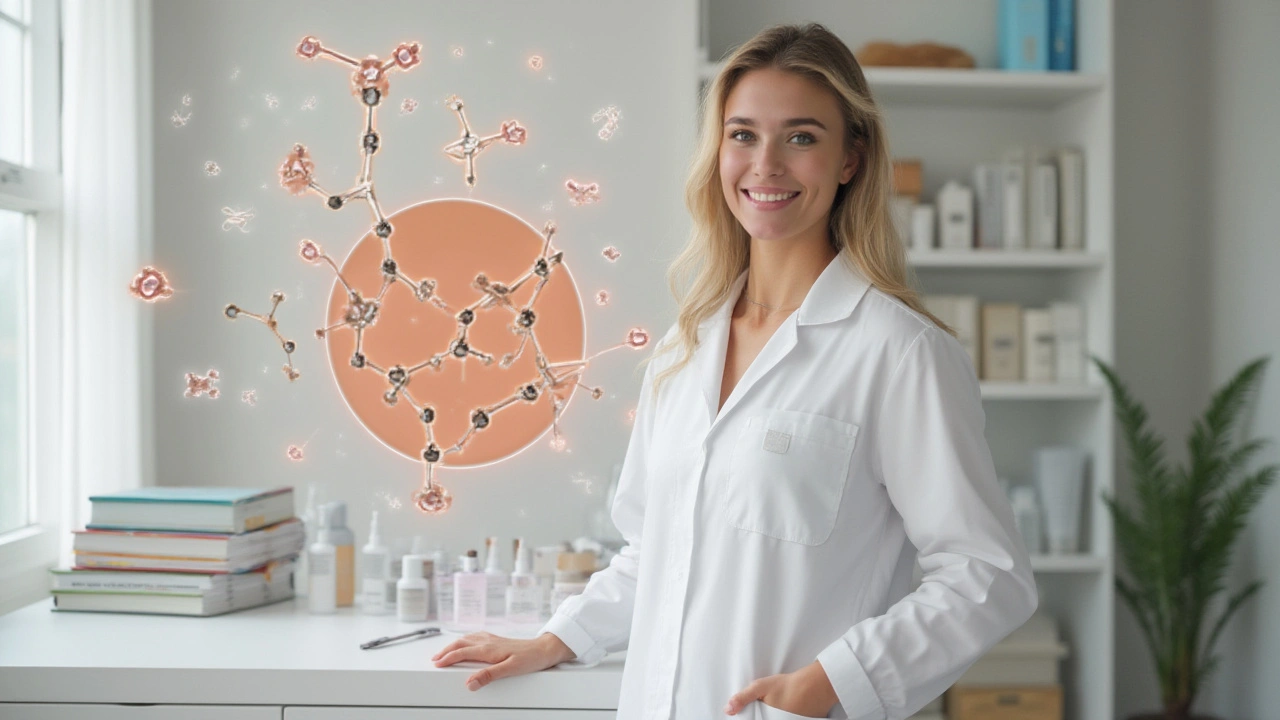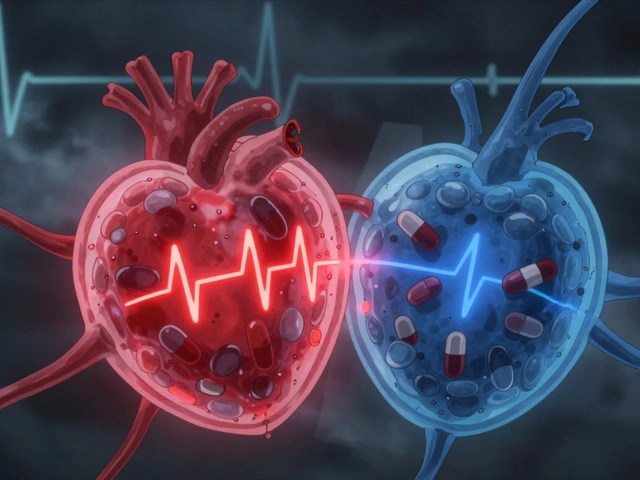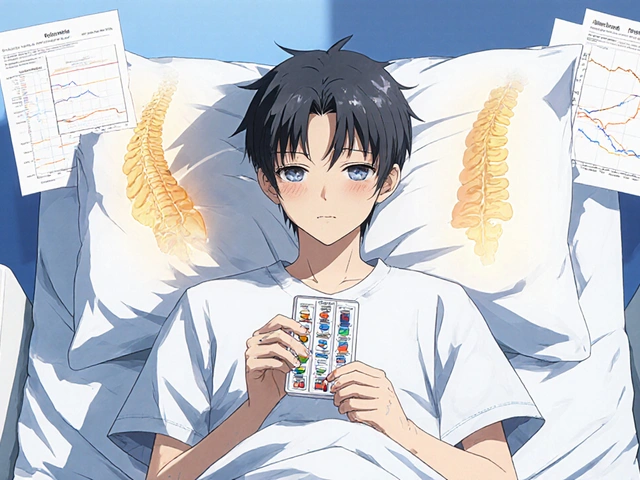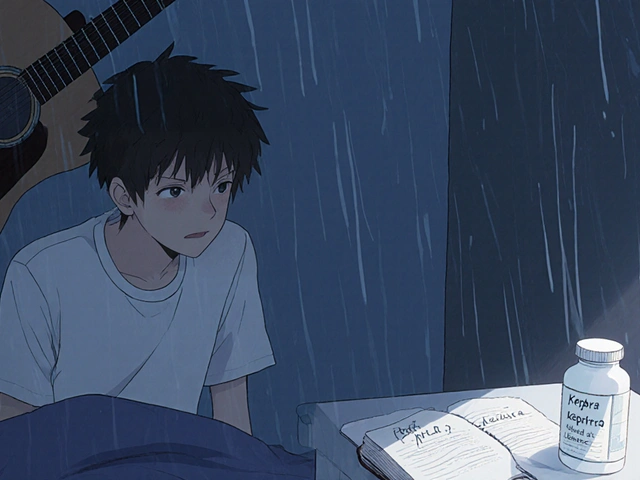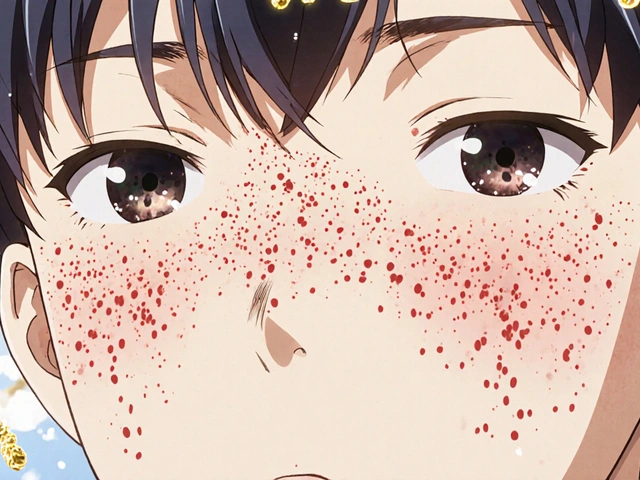Benzoyl Peroxide: What It Is and How to Use It Right
If you’ve tried to clear up acne, you’ve probably seen benzoyl peroxide on a tube or in a gel. It’s a simple chemical that kills the bacteria that make pimples red and swollen. Unlike antibiotics, it doesn’t need a prescription, and it works fast – most people notice less redness within a few days.
Why Benzoyl Peroxide Works for Acne
Benzoyl peroxide does three things at once. First, it releases oxygen deep in the pore, and that oxygen kills Propionibacterium acnes, the bug that loves the dark, oily environment of a clogged pore. Second, it helps shed dead skin cells, so they don’t block the pore in the first place. Third, it reduces inflammation, meaning the bump looks smaller and feels less sore.
The strength you find in stores ranges from 2.5% to 10%. Most dermatologists start you on the lowest dose because higher concentrations can cause more irritation without adding extra benefit. If you’re new to it, start with a 2.5% gel applied once a day, then see how your skin reacts.
Tips for Safe Use and Managing Side Effects
Even though benzoyl peroxide is over‑the‑counter, it can still irritate. The most common side effects are dryness, peeling, and a tingling feeling. To keep this from turning into a full‑blown flare‑up, follow three simple steps:
- Patch test first. Apply a tiny amount to the side of your jaw or behind your ear. Wait 24 hours. If no redness appears, you’re probably good to go.
- Moisturize. Use a lightweight, non‑comedogenic moisturizer after the peroxide dries (usually 15‑20 minutes). This puts a barrier on the skin and stops excess dryness.
- Don’t over‑apply. A pea‑size dab per affected area is enough. Rubbing more in won’t clear acne faster; it just amps up irritation.
If you still notice a lot of redness, cut back to every other day or switch to a lower concentration. Many people find that after two weeks of consistent use, their skin adapts and the side effects fade.
Sun protection is a must. Benzoyl peroxide can make your skin more sensitive to UV rays, so pair it with a broad‑spectrum sunscreen of at least SPF 30. Reapply sunscreen every two hours if you’re outside.
When it comes to makeup, wait until the peroxide is fully absorbed. Then choose mineral‑based foundations that won’t clog pores. Removing makeup at night with a gentle cleanser helps keep the treatment working.
Finally, know when to stop. If you develop a severe rash, blisters, or swelling that doesn’t improve after a few days of reduced use, stop the product and talk to a pharmacist or dermatologist. Sometimes a prescription‑strength retinoid or a different acne medication works better for stubborn breakouts.
In short, benzoyl peroxide is a cheap, effective first‑line acne weapon. Start low, moisturize, protect from the sun, and give your skin a couple of weeks to adjust. Follow these basics and you’ll likely see fewer pimples without the dreaded burn.
Benzoyl Peroxide in Hormonal Acne: Clearer Skin with Science-Backed Results
Discover how benzoyl peroxide targets hormonal acne, backed by science and real-life tips for clearer skin. Get facts, tips, and honest advice from Bristol.
